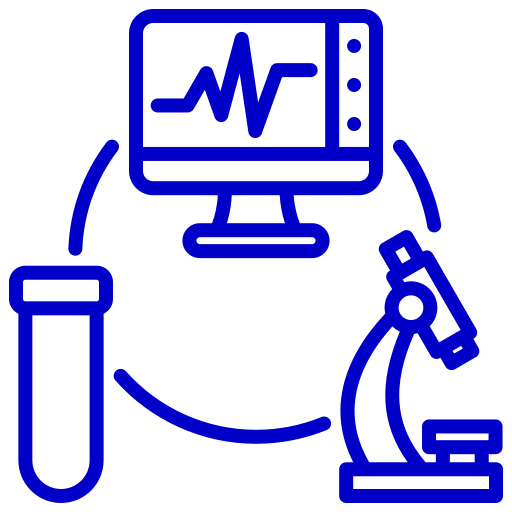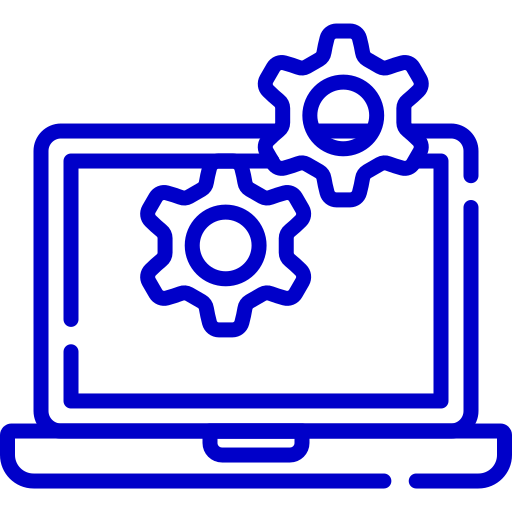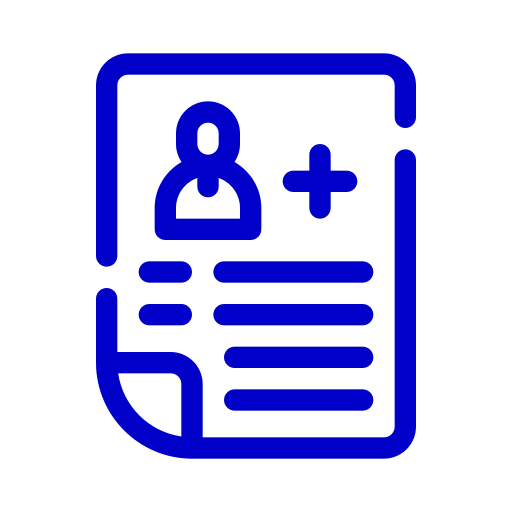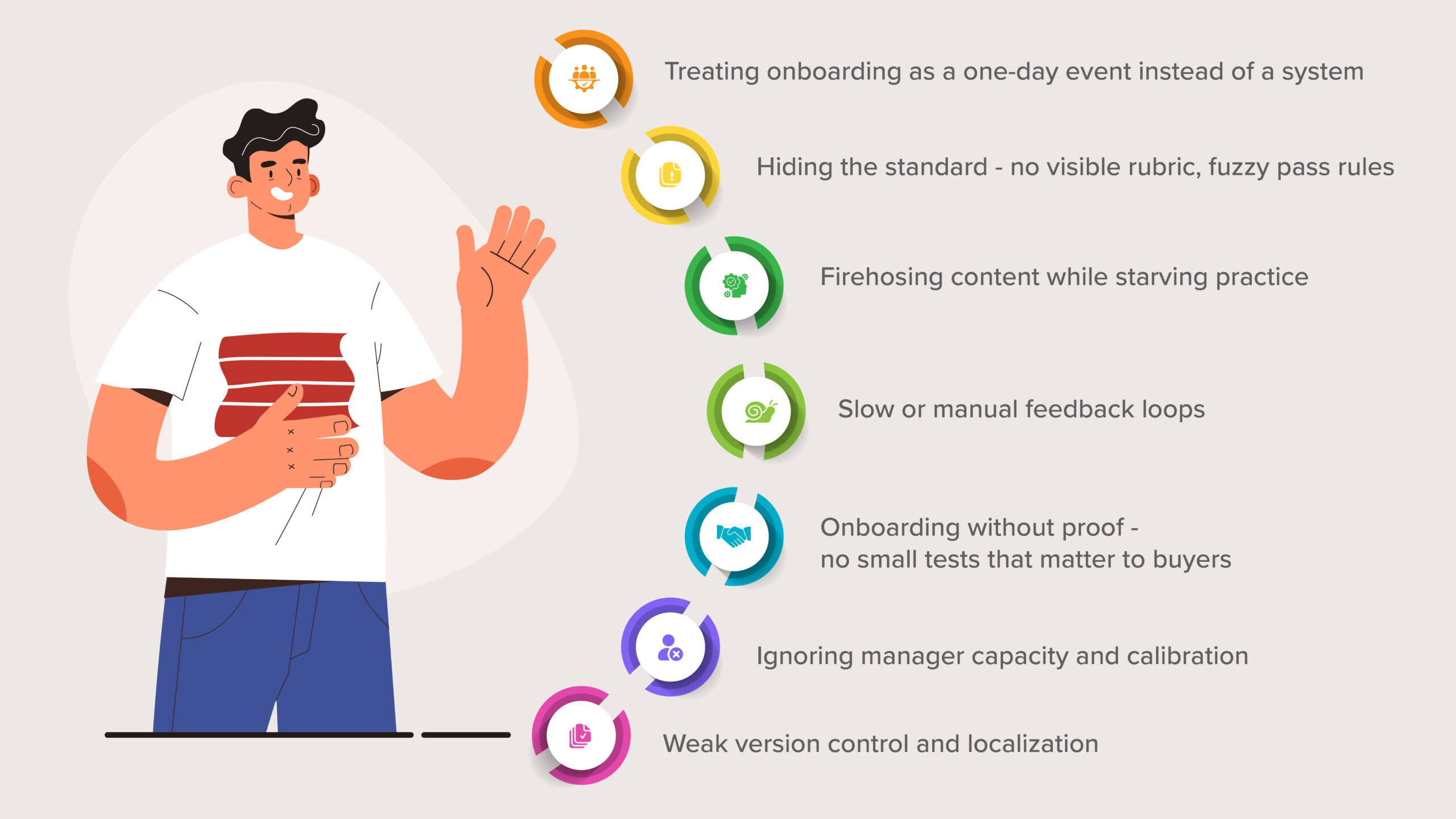A Guide to Reboarding your Sales Employees

What not have we witnessed in the last couple of years? We have seen
- A global pandemic that seemed like it would never end
- There was a sudden shift in the
- Working environment
- Working conditions
- Ways of conducting business
- Increase in employee turnover (The grat resignation and great reshuffle) etc
These are just some of the main challenges that we have seen during the pandemic crisis. After two long years, we finally are able to see a bit of light at the end of the tunnel as our lives are getting back to normal and workplaces are getting reopened. But after two long years of remote working, it’s natural for the employees to get impacted by this new change all over again.
Even your seasoned workers may feel like they are new hires. And need I say about the actual new hires who have joined your organization during this remote work period? They have never really experienced your work culture or met their co-workers and managers in person.
As the world is beginning to open up, many employees are already returning to offices (or will be soon). So, now the business leaders need to make this change easy for everyone. This calls for what is known as “Reboarding”.
Definition of Reboarding
Reboarding which is short for re-onboarding is the process of reintroducing employees to the workplace after an extended absence. It involves all the activities you do in order to set an employee up for success when they re-join your company or when the work conditions have significantly changed.
Reboarding is not a new concept. In the past, it is often referred to as reintegrating those employees who
- Had been on a long-term leave
- Like parental leave or sabbatical leave
- Or because of an extended illness
- Had been on temporary assignment elsewhere
- Have transitioned to a new role within the company
- You have rehired employees who used to work at your company in the past (also known as “boomerang” employees)
- You have reopened your offices after a lockdown or temporary business shutdown
Whatever the scenario might be, the goal of reboarding remains the same everywhere. That is to reassimilate employees successfully into their positions.
In the current times, reboarding has taken a greater and global significance as employees are
- Returning to the brick and motar workspaces from the remote offices
- Trying to get back togather and work as a team
- And finding new ways to collaborate in a hybrid workplace
All this process requires ongoing employee engagement and evolving development.
Significance of reboarding
We all went through a lot of lifestyle changes during the lockdowns and stay-at-home orders.
- There were restrictions on travelling
- People were spending most of their time at a single location
- Boundaries got blurred as people connected with each other only through virtual channels
- People’s personal lives got merged with their professional lives
- Normal interactions amongst colleagues became virtual and intermittent
- Many employees experienced stress and fatigue due to the uncertainty
So, reboarding gives you the opportunity to remotivate your employees and ensure their individual well-being, positivity and productivity as they adopt the latest version of normal.
This new version of new normal
- At some companies means working on-site every day
- And at others, this means that the remote work will continue at least one day or a few days per week
While the definition of “new normal,” changes from one organization to another, one thing is for sure: The future of work is hybrid (meaning the work can be on-site or remote depending on your convenience) and everyone will be able to work well in this environment if the communication remains clear and consistent.
This is where reboarding helps. The reboarding process restores camaraderie, communication, and community bonding in the hybrid work environment.
When done well, it also reconnects your employees with
- Your company culture
- Your organization’s values
- And your company’s vision and mission
Finally, it also ensures your employees’ comfort and safety in the office and optimizes their working potential
Reboarding Checklist
- Have the useful material readily available: Make sure that you create documents containing FAQs and cybersecurity guidelines.Make these documents easily available for your reps so that they can quickly reference them and get their answers.
- Make sure that you know and follow your local regulations: For example, you need to know,
- How many people can be in the same workspace
- Whether it is mandatory to wear masks
- And what to do in case someone tests positive or develops COVID symptoms
- Incentivize your employees for adopting the latest version of new normal: Make sure that you incentivize your reps for getting back to their older ways of working. Consider offering food gift cards and reimburse travel expenses and parking spots so that your employees don’t have to use public transport.
- Ensure a sanitized workplace: Based on the safety guidelines in your area, make sure that you schedule regular cleaning and sanitization of your workspace.
- Restructure your office space according to the safety guidelines: Rearrange your workspace in such a way that appropriate distance is maintained between the desks. And restrict access to those rooms where it’s not possible to maintain safe distances.
- Keep personal hygiene products at your office: For example, at your workspace, you might want to have
- Hand sanitizers
- Masks
- Gloves
- Body temperature measuring devices (Thermometers)
- And other useful collateral (e.g. posters and stickers to remind employees to keep a distance)
- Develop new work policies: Don’t forget to update your sick leave, visitors, and travel policies and share them with your employees.
Tips to successfully reboard your employees
- The employees are made comfortable coming back to the office
- They have everything that they need
- The information related to the safety guidelines and the working procedure is presented seamlessly, consistently, and concisely to employees
1. Make sure that you listen, understand, and reassure your employees
The last two years of global pandemic was nothing less than a rollercoaster ride for the whole world. It has effected everyone in some or the other way. A lot of people have experienced grief, anxiety, isolation, illness, or fear.
So, as the first step to re-boarding your employees, gather them in a meeting room and try to have a genuine and empathetic conversation with them. Ask them,
- What challenges did they face during the pandemic?
- How did they cope with them?
- How did they manage to multitask?
- What have they missed about working in the office?
- Now that they are back in the office, what would they miss about working from home?
This way when you have genuine and empathic conversations, in which everyone is heard and understood, you not only drive an effective reboarding– but also ensure your employees that everyone is on equal ground in this new blended workplace that combines on-site presence and remote collaboration.
Empathy is all about listening, understanding, and reassuring the employees about the new normal. As an employer if your able to do this successfully with your employees then you are sure to have a huge impact on their teams’ mental health, loyalty, and productivity.
2. Foster Positivity about the new change
The global pandemic has brought about many changes in the last couple of years. And by now everyone understands that changes, even positive ones, require you to make a lot of modifications and adjustments.
So, as your employees are returning to the physical workspaces, your reboarding should clearly communicate various expectations, timelines, and changes of this new normal.
You need to make sure that you positively communicate these changes to your employees. Be it about the safety guidelines or new hybrid work policies, ensure that your employees do not feel overwhelmed about the new changes. Also be open to receiving feedback from your employees wherever possible so that you can make improvements.
3. Communicate your new vision and mission
- Reconfigured offices
- New safety protocols
- Altered schedules
- Social distancing guidelines
- Human resource policy changes
- New business goals
- New remote work opportunities
- Software and hardware upgrades, and more
- Deal with the employees with patience and flexibility as they go through the process of learning and adopting the new changes.
- Regularly guide and coach the employees towards success
- Motivate the employees by refocusing them on your company’s long-term vision and mission
4. Address health and safety concerns
Although all your employees are vaccinated and the COVID restrictions in your location are mostly lifted, the anxiety of the pandemic might exist in the masses.
So, you need to make sure that your reboarding reassures your employees that your company is well prepared, based on the latest guidelines and protocols, to keep everyone healthy and safe at your office.
It’s important that you communicate with your employees and implement safety measures based on their input. Also as your employees and clients return to the office, you must make it absolutely clear that they must strictly follow masks, social distancing, sanitization, and disinfection policies at your workplace.
5. Reestablish and communicate cultural expectations
Where an employee is located during working hours could be different each day with this transition to hybrid environments. A critical component to re-onboarding (and truly the first step) is making sure to communicate cultural expectations and business norms, which should be agreed upon by the whole team.
Setting business and cultural norms could include answering questions like:
- What are the health and safety policies internally and with regard to the clients?
- Which meetings will remain virtual, and what are the expectations for the ones that are in-person?
- How are we making sure anyone working remotely is included, given a voice, and is made part of team-building? etc
Whatever your cultural and operational new norms look like, once agreed upon, it’s important to make them readily available to the entire company. Make sure that you create a document of some kind for employees to access and refer to if questions come up.
6. Create a plan and focus on short term goals
Just like the way you create a detailed plan of execution for onboarding, you also need to create a good plan for re-onboarding. Create specific 30-60-90 day plans to establish clear goals. List down the tasks that need to be completed in order to achieve those goals in a given timeframe.
Create this plan for your entire sales team and be sure to emphasize on the achievable short-term goals on which the entire team can work together to achieve. Celebrating wins along the way is a sure-fire way to
- Boost motivation and teamwork
- And help everyone feel supported and valued
7. Connection is key
This new big change of working in a hybrid work environment might leave many of your employees feeling like they’re starting at the beginning even if they’ve been with the same company for quite some time. More than that, a lot of folks started a job remotely and have never had the opportunity to meet their coworkers in person.
So creating moments of connection between employees is key. In your re-onboarding process, be sure to sprinkle one-on-ones or team meetings between employees who might not have been in regular contact in the past two years.
In those one-on-one or team meetings,
- You can have each employee talk about themselves, their interests, family, etc
- Including a few icebreaker fun activities in those meetings is important
- Asking some seemingly silly and unrelated questions can help in connecting people very well
And from there, it becomes so much easier to start talking about individual skills to ultimately establish shared knowledge and best practices.
8. Schedule Training and Re-skill the employee
The post-pandemic world has changed quite a bit.
As the
- Physical spaces are opened
- In-person meetings are resumed
- Travel restrictions are mostly eased
- And the economy and businesses are starting to boost
new trends are emerging in selling and buying processes. For example, today a sales rep can give an option to the client to either do the meeting in person or virtually.
These changes require your employees to be reskilled again to be cognizant of the new world order.
So, arrange training sessions and,
- Brush up your reps’ knowledge and skills on virtual selling
- Teach them how the market has changed after the pandemic
- Train them on the best practices of selling in this hybrid work environment
- Also, provide them training on the guidelines to follow in order to protect themselves from COVID while they are
- Working in a physical space
- Attending a meeting or conference at a client’s location
- Or when they are traveling for business
- Train them with guidelines on what to do if someone gets infected with COVID or shows symptoms of COVID in your workspace.
This helps in preparing your employees thoroughly in the post-pandemic hybrid work environment.
Want to learn how to run a new hire onboarding process remotely? Read this blog below:Permalink
How to Run the New Hire Onboarding Process Remotely?
Looking for some exciting sales contest ideas for your onboarding?Permalink
Read: 5 Sales Contests for your Next Sales Onboarding Process
Searching for a gamified onboarding sales training plan? Check ot this blog below:Permalink
30 60 90 Days Gamified Sales Training Plan
Looking for strategies to make your new hires productive very quickly?Permalink
5 Strategies to Reduce Ramp-up Time for Your New Sales Recruits
Want to know how sales enablement helps to drive the new hire onboarding successfully?Permalink
How can sales enablement help to drive new hire onboarding?
Want to know how you can partner with your HR to streamline your onboarding process?Permalink
Read: How to partner with HR to streamline your onboarding process?
Customer Success Story: PolyPermalink
Learn how Poly runs its new hire sales training program successfully through SmartWinnr
Looking for a sales gamification software that will run a gamified new hire onboarding program?Permalink
Explore SmartWinnr’s Learning and Gamification features and learn how to run a gamified new hire sales onboarding program that’s repeatable, and takes only 10 min of your time. Curious to learn more about it? Book a demo today!
Related Posts
LMS + Gamification for Enterprise Sales Teams
The 2025 Guide to LMS + Gamification for Enterprise Sales Teams Enterprise sales is a moving target. Messaging changes. Products...
Creating a Safe Learning Environment: AI’s Role in Sales Skill Development
In today's fast-paced sales environment, creating effective training programs that allow sales representatives to develop their skills in a supportive...
How can Trainers Use AI Sales Role plays to Train MRs Better Detailing and Closing Techniques
In general, companies investing in sales training are 57% more effective than those who don’t. Let’s break that down with...
Looking for a sales training software that takes your sales training to a whole new level?
Explore SmartWinnr’s Learning and Gamification features. Learn how to run fun and engaging sales training and sales coaching for your team through SmartWinnr.
Curious to learn more about it? Book a demo today!
 Two way AI Role Plays
Two way AI Role Plays Targeted Learning
Targeted Learning Gamification
Gamification Sales Coaching
Sales Coaching Sales Contest
Sales Contest Implementation
Implementation Consulting
Consulting Enterprise Ready
Enterprise Ready Pharmaceuticals
Pharmaceuticals Medical Devices
Medical Devices Insurance
Insurance Banking
Banking Technology
Technology Senior Living
Senior Living Sales
Sales Call Centers
Call Centers Marketing
Marketing Improve Sales Productivity
Improve Sales Productivity New Hire Onboarding
New Hire Onboarding New Product Launch
New Product Launch Channel Partner Training
Channel Partner Training Sales Events
Sales Events Success Stories
Success Stories Whitepapers and eBooks
Whitepapers and eBooks Contest Template Designer Tool
Contest Template Designer Tool Sales Training
Sales Training Gamification
Gamification All Blogs
All Blogs
